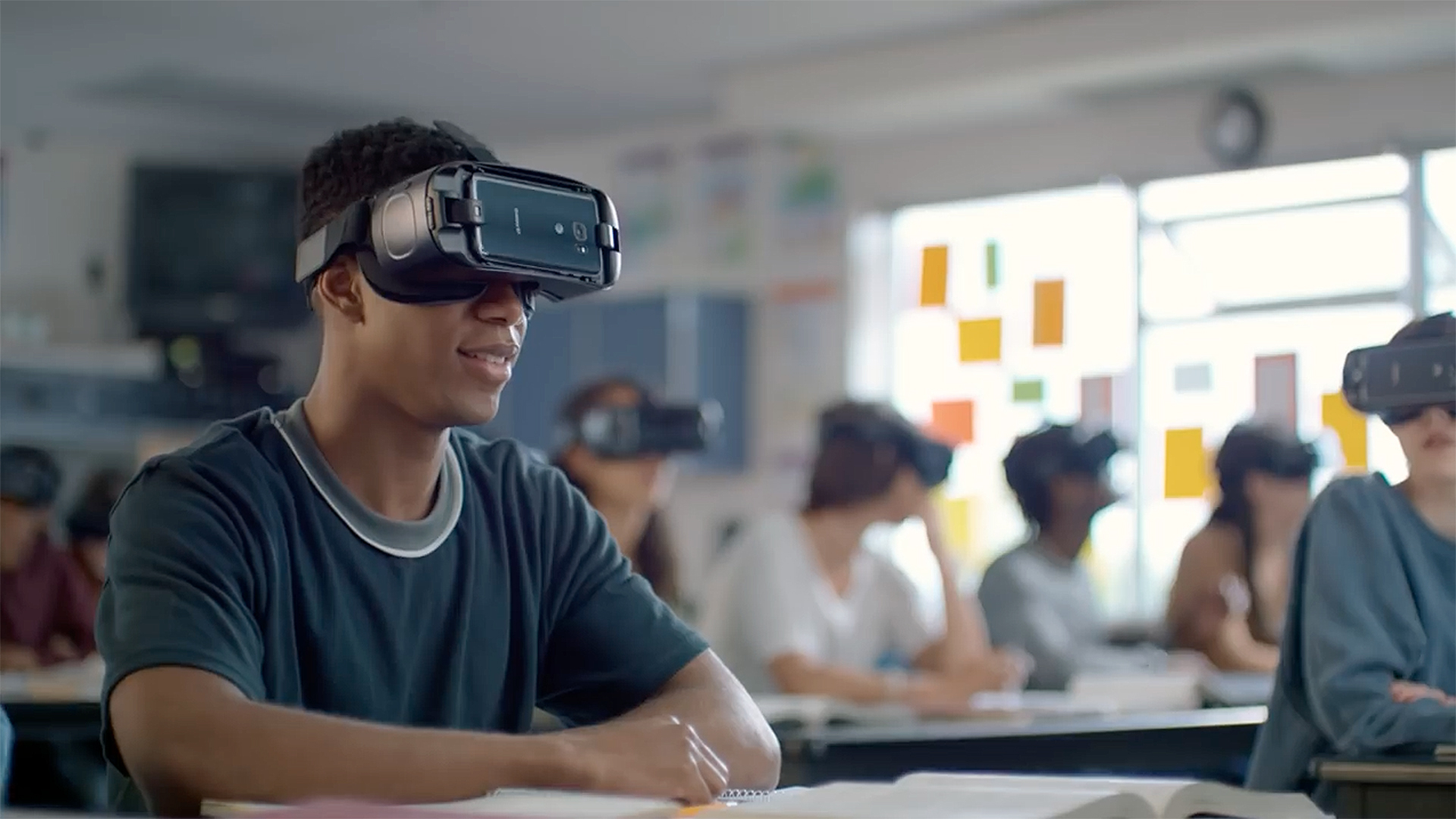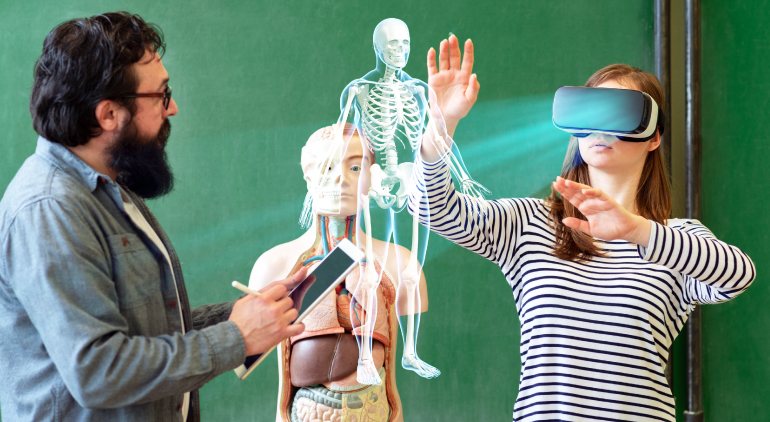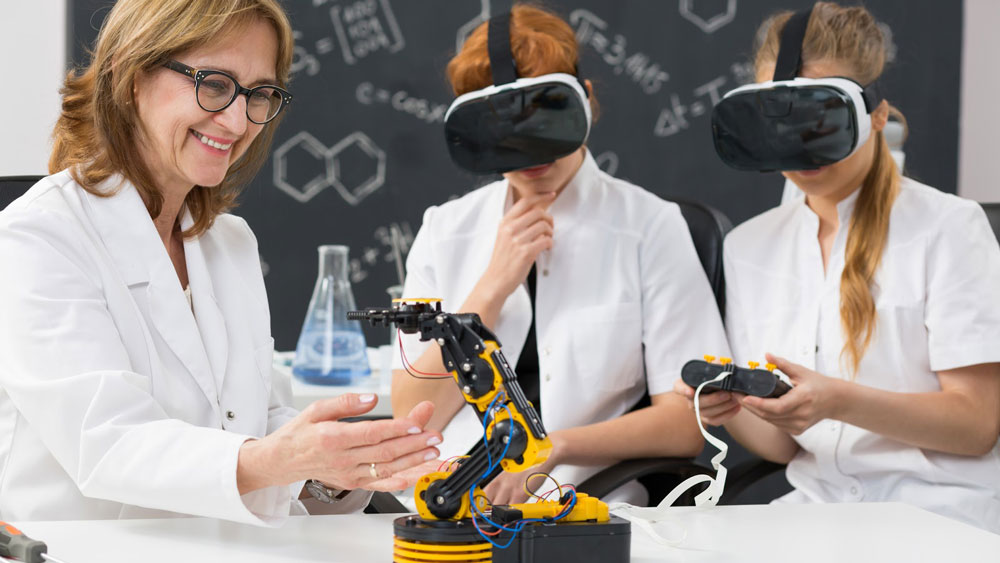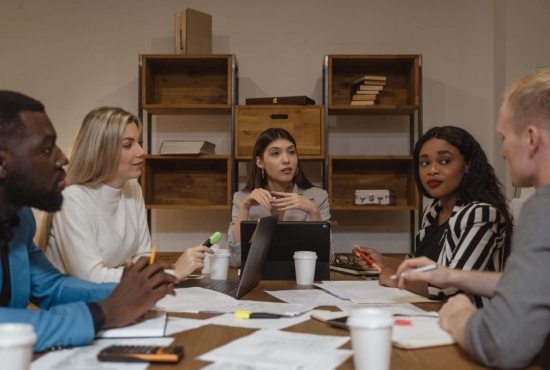Virtual reality technology is a potent tool for enhancing common classroom lessons, and it is being used in schools more and more for subjects ranging from language arts to math. Teachers at the 4,100-student West Baton Rouge Parish Schools in Louisiana viewed virtual reality as a fantastic chance to offer something fresh to support instructors in engaging kids in the subject matter.
It's been a wild ride ever since they purchased five ClassVR headsets for the district with ESSER funds. Presently, educators are using VR materials into their lessons across all grade levels. The team oversees the district's technology staff, and the teachers frequently speak about technology at conferences like ISTE, FETC, and TCEA. Most importantly, students are benefiting from the use of VR technology by being able to engage in virtual experiences that more deeply connect them to the curriculum. Here are a few instances.
Field trips in virtual reality

Our professors regularly receive requests like these. We've used virtual reality to let students visit the Colosseum in Rome, the Great Wall of China, and many other far-off locations without ever leaving the classroom. Many of our students have never traveled outside of their local communities, much less to other states or countries. Some of our pupils have never gone to Baton Rouge, which is only over the river from us.
A fantastic way for children to explore and learn about the world and their local monuments is through the use of virtual reality technology. We find that VR shows children that the globe is larger than just their home, street, or neighborhood. It expands their horizons.
Virtual reality improves the curriculum

One of the third-grade teachers, who use VR to enhance their ELA teaching, are one of our favorite examples of this. When educating about certain subjects like the ocean, health, immigration, or space, they hold "engagement days." On these days, the pupils divide into smaller groups and work on tasks at various stations. One station involves watching films about the subject while wearing a VR headset.
Teachers submitted a VR experience of swimming with sharks and cuttlefish for the ocean unit. They also used 360-degree NASA films for the space unit. The pupils got to digitally visited locations like the Statue of Liberty and the various nations people immigrated from for the immigration course. During engagement days, the VR stations were a class favorite every time.
Virtual reality adds a fun touch to classes

Virtual reality (VR) may also be a lot of fun. In December, the school held one of their all-time favorite enjoyable lessons. Santa's Workshop was the destination of a field trip for the kindergarten kids. The school provided students the chance to experience flying in a sleigh with Santa and assisting him in delivering presents using ClassVR headsets and a YouTube 360 movie. This lesson can be added to lessons about the North Pole by teachers.
It was a big success. It should come as no surprise that when one class did it, the idea caught on and all the professors wanted to implement it with their classrooms. Word of mouth is one of the finest strategies to encourage additional teachers to use technology.
When used properly, technology may motivate and inspire pupils as well as help bring lessons to life. Schools and districts can successfully adopt and utilize VR—or any other technology—if they keep the aforementioned factors in mind.
Source: corp.smartbrief.com








